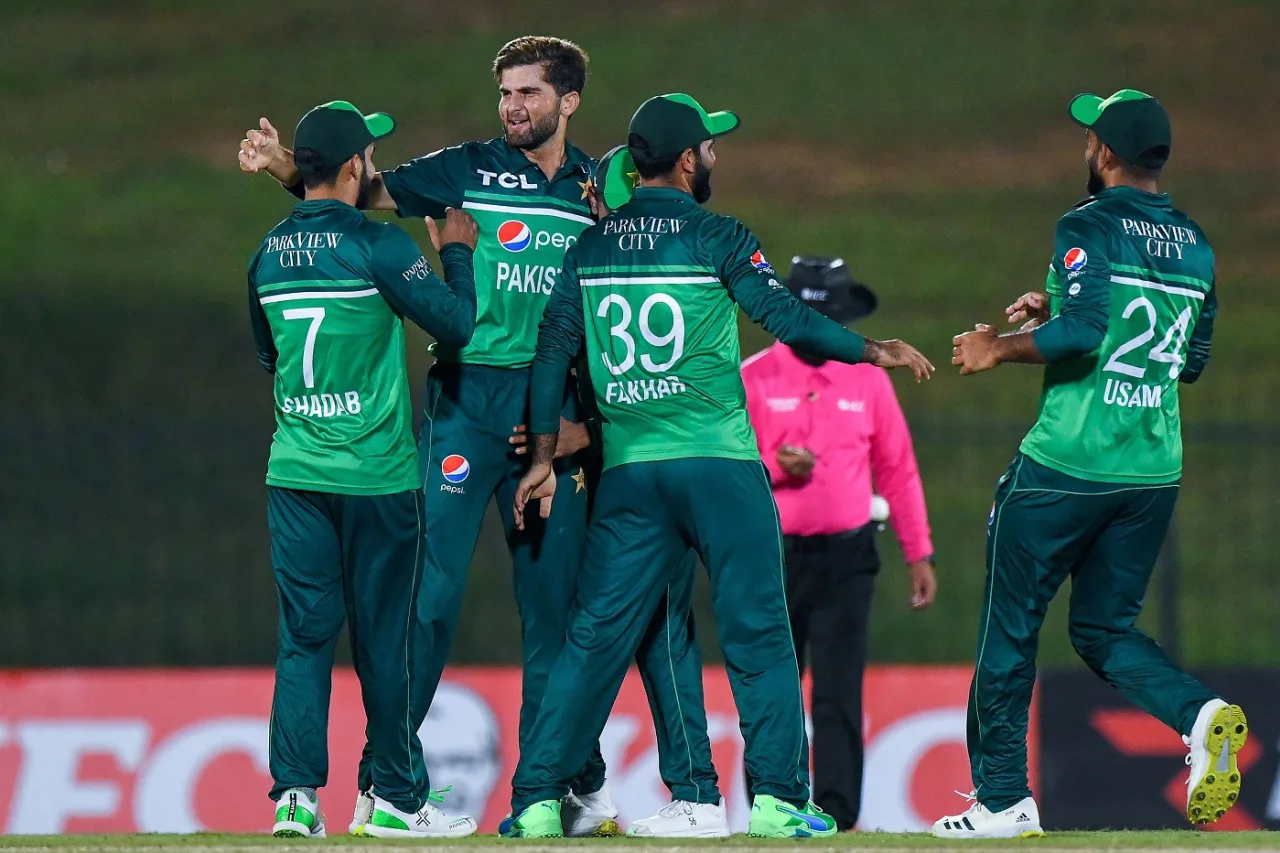The anticipation surrounding India’s journey to the Asia Cup stems from their robust squad of 17 players. While the final 15 for the World Cup is yet to be determined, signs are optimistic as key players recover well. With Hardik Pandya and Ravindra Jadeja’s dual roles, the need for a batting all-rounder has diminished. However, the pressing issue remains: none of the four preferred bowlers—Jasprit Bumrah, Kuldeep Yadav, Prasidh Krishna, and Mohammed Siraj—are adept at hitting sixes.
As the bedrock of India’s bowling artillery, Bumrah, Yadav, Krishna, and Siraj, supported by Mohammed Shami, exert control but limit the team’s risk-taking freedom. This has led to the inclusion of Shardul Thakur and Axar Patel. The duo’s readiness to occupy the No. 8 slot depends on the prevailing conditions and opponents.
In a pivotal Asia Cup fixture, India faces the intriguing task of gauging how their batters adjust to batting alongside four No. 11s. This twist, where these tailenders become a formidable threat with the ball, adds a layer of complexity to their strategic dynamics.
Pakistan’s Game Time Dilemma
Pakistan’s preparation conundrum is stark: they embark on the Asia Cup with scarce game time. Possibly their most undercooked entry into an ODI World Cup, having played a mere 28 ODIs since the 2019 World Cup. This count barely surpasses the 25 matches played between the 1979 and 1983 World Cups. Moreover, the caliber of their opponents leaves much to be desired. A substantial chunk of Pakistan’s ODIs was against teams excluded from the Indian tournament, with an additional three against the Netherlands.
They are anticipating a slight increase in their tally, with three more matches scheduled against Afghanistan before the commencement of the Asia Cup. However, the bulk of their ODI engagements in the current year—a mere eight matches—involved a depleted New Zealand side. While Pakistan’s triumphs have been convincing, with 19 victories out of 28, their capacity to perform against higher-grade competitors warrants scrutiny.
Afghanistan’s Progress and Mental Fortitude
Afghanistan’s enigma lies in their blend of quality and mentality. Amidst the country’s tumult, the cricket team’s steady ascent is commendable. Each series and tournament showcases a fortified unit, boasting T20 luminaries like Rahmanullah Gurbaz, Rashid Khan, and Mujeeb Ur Rahman. The seasoned presence of Mohammad Nabi and Hashmatullah Shahidi augments their 50-overs cricket prowess. Yet, scars from past Asia Cup defeats linger, most notably their reversal against Pakistan in 2022.
The narrative received a positive twist with a T20I series conquest over Pakistan, albeit a second-string squad. Further ODIs against the same adversary in the pre-tournament week promise valuable match practice. The spotlight remains on Afghanistan’s performance—will it mirror their progress? This spectacle is a compelling prelude to the forthcoming ODI World Cup.
Bangladesh’s Dilemma: Batting Strength vs. Bowling Security
Bangladesh faces a pivotal choice: opt for seven batters or strengthen their lineup with eight. The presence of allrounders Shakib Al Hasan and Mehidy Hasan Miraz affords flexibility. Former skipper Tamim Iqbal champions the extra bowler for a solid attack, while an eighth batter promises crucial runs.
Recent trends lean toward bolstering the batting. This paid dividends when Mehidy, at No. 8, etched match-defining contributions against India. However, this strategy also coincided with series losses against England and Afghanistan. The efficacy of an extra batter is under scrutiny.
Shifting dynamics suggest trimming a specialist batter will enhance top-order responsibility and elevate trust in Mehidy’s evolved batting prowess. The verdict on Bangladesh’s choice, pivotal for the World Cup, hinges on their Asia Cup performance.
Sri Lanka’s Batting Puzzle and Reliance on Bowling
Sri Lanka’s batting inconsistency raises eyebrows. Instances of sub-80 scores contrast with four 300+ totals. Yet, context is crucial, with one instance against India’s 373/7 on the same pitch. The World Cup Qualifier spotlighted vulnerabilities, with 245, 213, and 233 against Scotland and the Netherlands. While their varied bowlers defended these scores, it raises the question: Does Sri Lanka’s 21st-century success rely more on bowling prowess?
Historically, Lasith Malinga, Nuwan Kulasekara, Muthiah Muralidaran, Ajantha Mendis, and Rangana Herath propelled Sri Lanka to five global finals. Presently, their batting lacks dynamism at the top and middle, except for Charith Asalanka at No. 5. If Dasun Shanaka falters, their finishing prowess dwindles. Against Asia Cup giants, relying solely on bowling heroics might not suffice.




2 thoughts on “Cricket’s Countdown to Asia Cup: Team Insights and Puzzles”